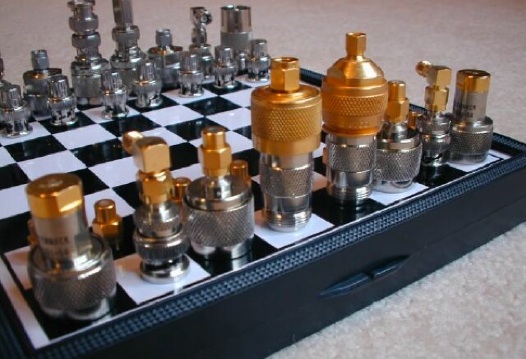Q: What’s the difference between Phillips, Pozidrive and Robertson (square) screws?
A: Philips drive screws are the screws that have cross-slots that look like an X, stamped into the head. Patented in the 1930’s, these were a vast improvement over the antique “slotted” screw, which tended to cam-out easily and were difficult to drive with power drivers.
Robertson (square) drive screws were patented in Canada in 1908 and address problems that the Phillips driver doesn’t quite solve. They allow the screw to be placed on the driver prior to the screw being placed in position. What this meant was that for the first time you could start a screw overhead or in a tight spot without an extra hand holding the screw onto the driver.
Pozidrive screws are the European answer to the Phillips shortcomings. The differences are subtle. At first glance it appears to be a Phillips, but on closer examination you’ll notice a second set of cross-blades at the root of the large cross-blades. These added blades are for identification and match the additional makings on the head of Pozi-drive screws, known as “tick” marks. So the marks are for identification. Identification of what?
Two features of the Pozi-drive screw and driver combination make it unique, and superior to the Phillips. First, the tip or the Pozidrive driver is blunt, which also helps it to seat better into the recess in the screw, unlike the Phillips which comes to a sharper point. This becomes a problem as the tooling that forges the recess in the head of the screws begins to show signs of wear. The recess becomes more and more shallow, which means the driver will bottom-out too soon and will cause the driver to cam-out.
The second unique feature is the large blades on the driver have parallel faces, where the Phillips blades are tapered. The straight sides of the driver allow additional torque to be exerted without fear of cam-out. Knowing this, we can see why a Phillips driver will have problems driving a screw with a Pozi-recess, as a Pozi-driver would have little luck driving a Phillips head screw. One more tip. In a pinch it is possible to drive Pozi-drive screws with a Phillips driver, but you will need to grind down the tip slightly, and expect some slipping to occur.
73, Lee ZL2AL

